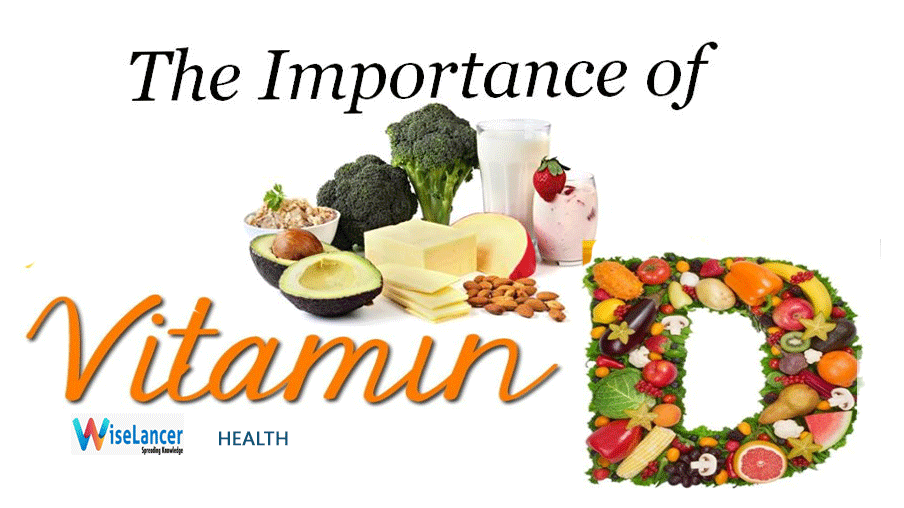Eat One Piece of Garlic in the Morning on an Empty Stomach and Get Amazing Results
These days, people are very much conscious about their health. They are returning to more healthy options. They prefer natural remedies over annoying medical treatments whenever they get sick. It is a good trend; you must know the benefits of natural herbs, spices, and foods, including roasted garlic.
Garlic is one of the most essential herbs. Eating a piece of garlic on an empty stomach in the morning does wonder for your health. Are you interested to know more about this excellent herb? You can improve your overall health by eating garlic in the morning. This herb is rich in calcium, potassium, fiber, vitamin C and B6. According to the National Cancer Institute, garlic has anti-cancer properties as well.
As we mentioned above, garlic has anti-cancer properties because it is an antioxidant that eliminates free radicals from your body. If you have problems like high cholesterol, stress, high blood pressure, high blood sugar, and atherosclerosis, you must eat garlic on an empty stomach to protect your body from these diseases. It also strengthens the immune system and enhances the absorption of minerals. You can also use garlic to treat seasonal flu and cold. All these benefits you can get from a piece of garlic. Isn’t it amazing?
Why Should You Use Garlic on an Empty Stomach?
According to several kinds of research, Eating garlic on an empty stomach improves your body’s condition to fight against bacteria and harmful toxins. Your body is highly exposed to these things in the morning because of your empty stomach. However, it is hard to regularly consume a piece of garlic due to its taste. But you don’t need to buy expensive medicines to keep yourself healthy. Furthermore, you can purchase garlic from any food store easily, which is inexpensive.
If you can’t eat raw garlic, you can prepare it with different variations to make it tasty such as roasted garlic. You can make roasted garlic in your oven within a few minutes. Let’s discuss the roasted garlic recipe.
Roasted Garlic Recipe
Ingredients
Garlic
Olive Oil
Preparation Method
It is crucial to preheat the oven (400 degrees). Take garlic and remove its outer layer. Cut its bulb from the top. Now, place a foil sheet equally on the baking sheet after placing a parchment paper. Transfer the garlic to the sheet and sprinkle some olive oil. Now, roast them in the preheated oven for almost one hour. After one hour, remove the sheet from the oven and unwrap it. Keep it aside for a few minutes and allow it to cool. To remove the cloves, squeeze the bulbs.
How to Consume Roasted Garlic?
You can easily consume roasted garlic with bread or tortilla. You can eat it on a regular basis without any fear of side effects. Plus, it is easy to store roasted garlic in an airtight container for future use.
Contact Our Team
Do you want more advice? Do you have good practices to share? Express yourself in the comments.
Moreover, if you want any help writing content to drive more traffic and boost conversions, get in touch through Contact our team.
Do you want help writing quality content, driving traffic to your website, and boosting conversions? You can contact me through my Freelancer.com profile also. I always prefer to work through Freelancer.com for smooth functioning. Here you pay safely and securely.
Read More:
DRINK WARM TURMERIC WATER TO GET AMAZING RESULTS

